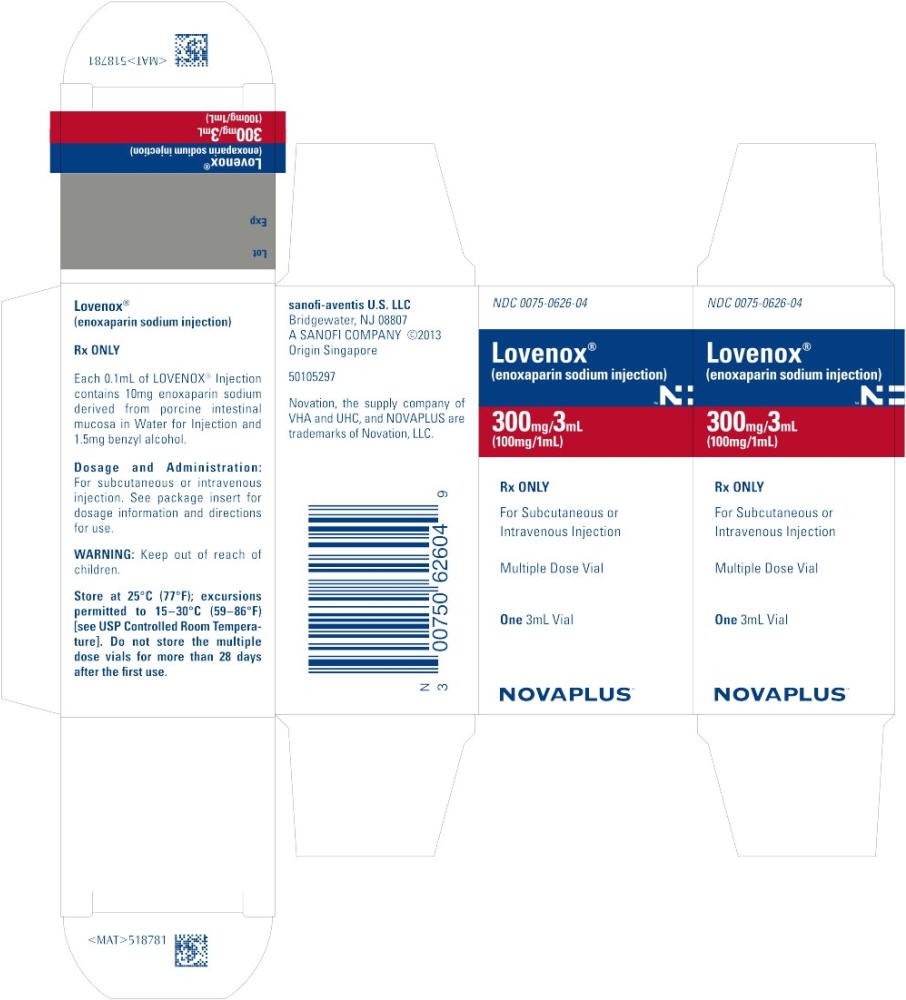
a mechanical mitral valve, which has a high risk of thrombosis). Some patients are anti-coagulated for higher risk conditions (e.g.Short-term interruption is generally fine. Most patients are anti-coagulated for atrial fibrillation or deep vein thrombosis.Why was the patient initially anti-coagulated? Determine what doses of medication the patient is on, and when is the last time a dose was taken.


Consider all medications and coagulation labs in order to get a global sense of how coagulopathic the patient is.
#Lovenox antidote plus#

The remainder of his physical exam was unremarkable, and he exhibited no overt signs of bleeding. He was somnolent but arousable with bruising noted around multiple injection sites on his abdomen. Upon admission, he reported self-administration of 20 subcutaneous injections of 100 mg of enoxaparin (2000 mg) and 8 tablets of quetiapine (400 mg/tablet) in an attempt to commit suicide. We report a challenging case of a large overdose of LMWH, successfully treated despite the lack of appropriate laboratory monitoring tests.Ī 50-year old Caucasian man with a past medical history significant for bipolar disorder, schizophrenia, hypertension, and pulmonary embolism secondary to a hypercoagulable state caused by tetrahydrofolate reductase deficiency was found unresponsive and transported to the emergency department. Anti-factor Xa levels, however, are not readily available at most institutions. Peak plasma levels of LMWH are found 3–4 hours after administration, and the half-life of the drug is 4.5–7 hours. Plasma levels of LMWH can be monitored by measuring anti-factor Xa levels however, studies correlating large overdoses have not been performed. Both cases were treated with an approximate 1 to 1 ratio of protamine sulfate to LMWH (30 mg and 20 mg, respectively) and showed incomplete reversal of anticoagulation. Two reports of enoxaparin overdose have been described in the literature a neonate received a 10-fold overdose and a 64-year old man received an extra daily dose. Due to its safety profile, there has been little literature regarding management and treatment of overdoses. Enoxaparin, a low molecular weight heparin (LMWH), is used for prophylaxis and treatment of venous and arterial thromboembolism.


 0 kommentar(er)
0 kommentar(er)
